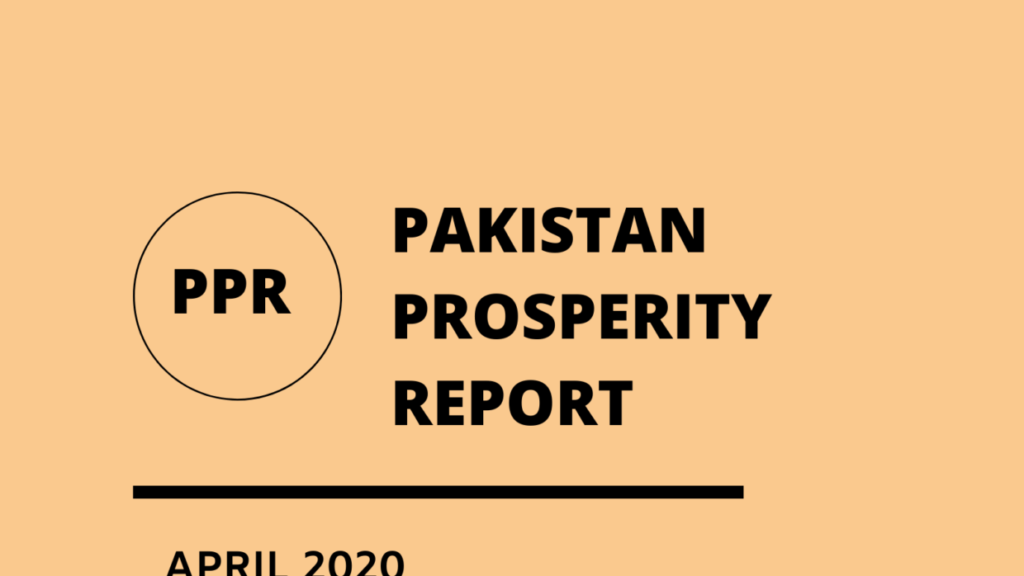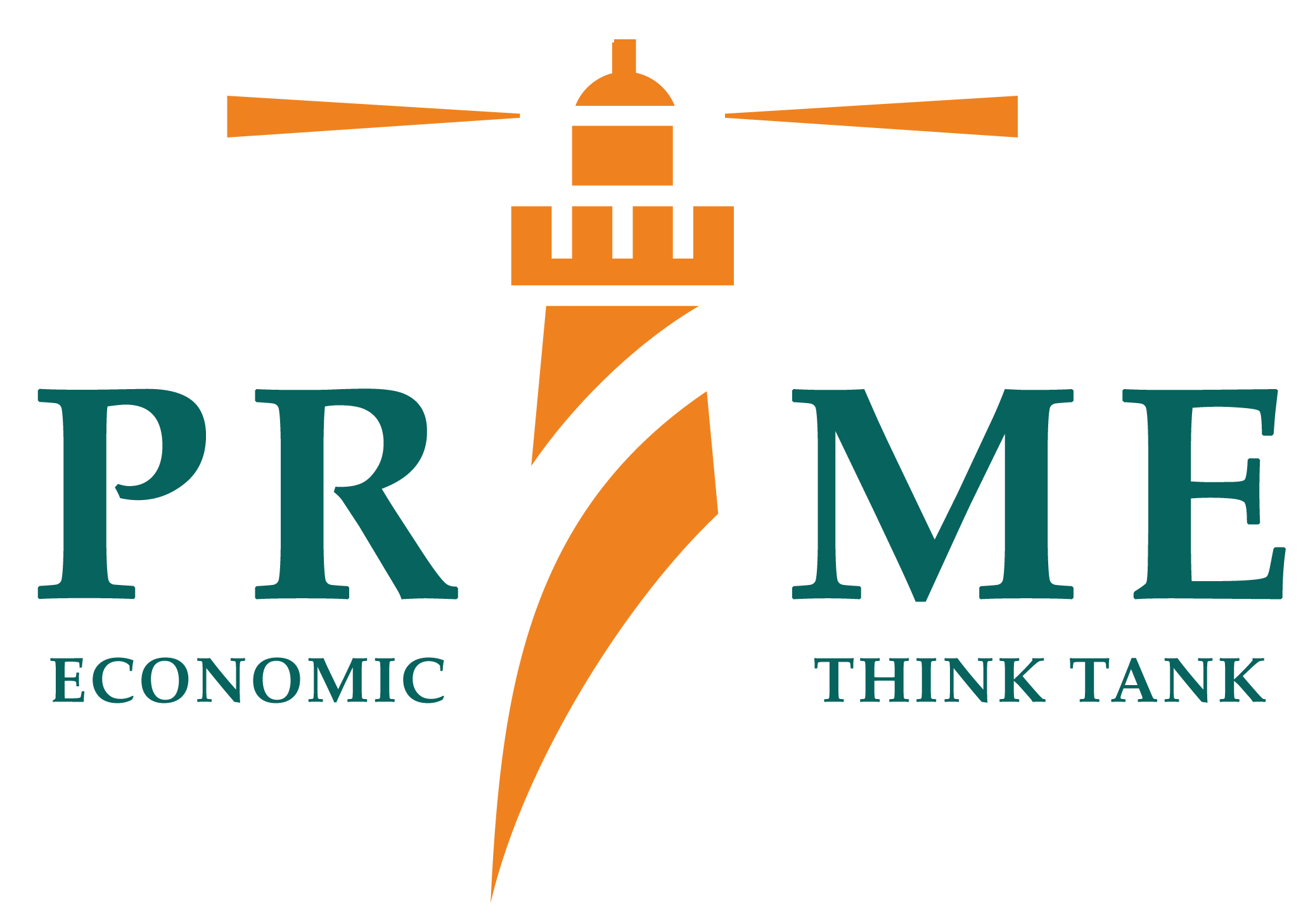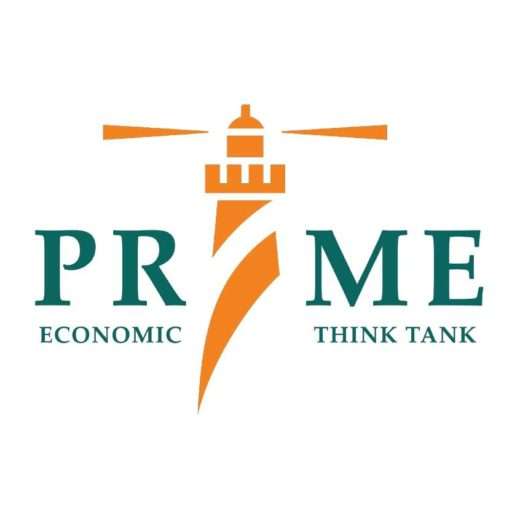
Policy Research Institute of Market Economy (PRIME), launched second edition of Pakistan Prosperity Report (PPR), with the aim to provide a monthly review of Pakistan’s macro-economy based on the analysis of four variables: Industrial Production, Trade volume, Price Levels, and Private Sector Lending.
The concept of PPR is intuitive – higher level of industrial output, increases in trade volumes, more lending to the private sector and an improvement in purchasing power of individuals are indicators of a strong economy, signaling prosperity of both firms and households.
In its second edition, PPR covers time period from June 2019 to February 2020. The analysis reveals that economy’s prosperity has increased by 0.96 percent in February 2020 relative to January 2020 while experiencing an overall increase since June 2019. This increase in economic prosperity is largely attributable to a rise in purchasing power, a surge in long-term financing facility and an increase in trade volume between the two months. However, the output of large-scale manufacturing industries slightly declined between January and February 2020.
For February 2020, the month-on-month inflation rate and quantum index of LSMI decreased by 1 percent and 0.91 percent respectively. In contrast, the trade volume index and LTFF increased by 3.20 percent and 3.63 percent.
The report expects that amid the coronavirus pandemic, Pakistan’s trade volume will shrink as a result of the slowdown in global demand. The production of large-scale manufacturing industries is likely to contract due to partial lockdown which will adversely affect the trade volume. Meanwhile, inflation might increase due to decrease in domestic production and shortage of essential commodities. On the other hand, commercial banks’ lending to private sector for long-term fixed investment might further increase with the hopes to stimulate construction and export-oriented sectors. With the recent amnesty scheme announced for the construction sector which is awarded the status of an industry now, it is expected that the banking credit will flow more into this sector at the expense of other sectors. All in all, low purchasing power, fear of losing jobs and low returns on investments upholds the bearish sentiments among the stakeholders of the economy in the coming months. To read more, download the file attached below:


